Merchandising resets are key to a successful merchandising strategy and involve completely reorganizing a category, department, or sometimes even an entire store.
Whether you’re a manager or a rep, knowing the merchandising reset lingo will help you better relate, communicate, and sell into retail locations. Merchandising resets can also impact your product's shelf placement and proximity to competitors, so it's important to know when and how they happen in retailers that carry your product.
For those who want an easy way to study or share this glossary, there is a SlideShare at the end of this page.
A
Action Alley
Area of the store with wider aisles that separate departments and receive more foot traffic.
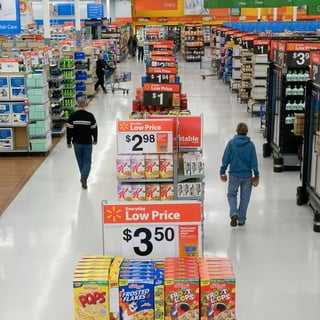
ASP
Average selling price. The average price a retailer sells a product for over a period of time.
B
Block Placement
When related products from different categories are stocked together, e.g. snacks with reusable plastic containers or chips with salsa and dip. Also called cross merchandising. Learn more.
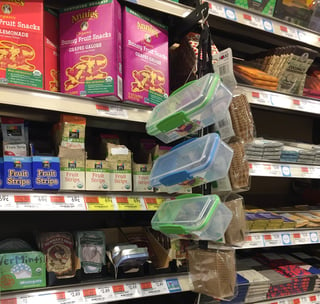
C
Case Cards
A piece of signage that slips between or into a case of a product to help promote it. Also know as header cards, case backers or case signage.
Charger Back
Deductions on an invoice taken by the retailer for shortages, damages, freight allowances, or other costs.
CM
Category Manager. A CM oversees and has expertise in the visual merchandising, price and sale of a specific category.
CMA
Calendar Marketing Agreement. A schedule that a retailer agrees to follow to promote a manufacturer's product.
Color Break
A visual merchandising tactic when products with contrasting packaging colors are put next to each other to make them stand out more.
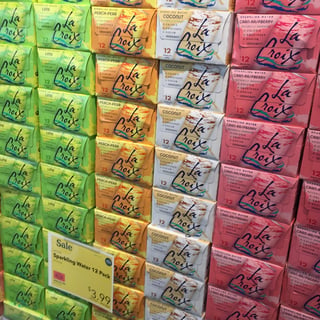
Cut-Case Display
Utilizing the original shipping packaging to display the product with the top and/or sides removed.
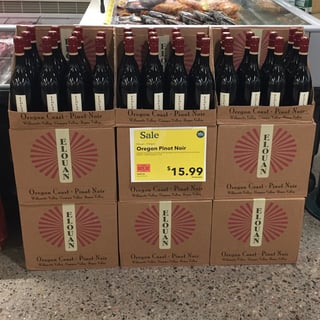
Cut-In
To make space on a shelf for new or promotional items by shifting or removing other merchandise. This often occurs between major merchandising resets to introduce items more quickly.

D
Dead Stock
Stock that has spent too much time on the shelf and has either expired or become obsolete.
DOS
Days of supply. The product amount needed to sustain customer demand between restockings.
Drop
A delivery.
E
Endcap
A display at the end of an aisle.
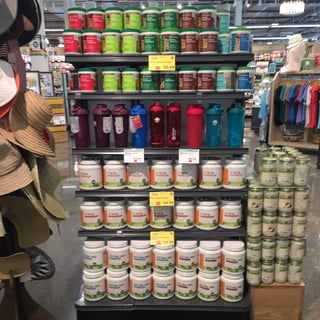
ESL
Electronic shelf labeling.
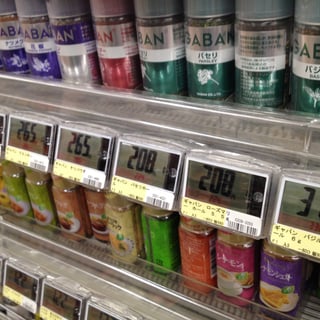
F
Facing (verb)
To pull products forward to be flush with the front of the shelf. Also called blocking, zoning, straightening, rumbling, fronting or conditioning.
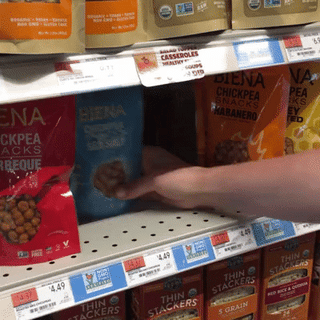
Facing (noun)
The number of items wide a product is stocked on the shelf. Also called slots.
FEFO
First expired, first out. A stock rotation method of organizing product by freshest in front, oldest in the back. Learn more.

FIFO
First in, first out. A stock rotation method of putting incoming product in the back of the shelf and pushing older product forward. Learn more.

Frontage
The section of the store directly facing the street.
I
Inventory Carrying Cost
The total cost of carrying inventory, including rent, utilities, salaries, opportunity cost, and inventory costs related to perishability, shrinkage and insurance.
IPQ
Initial purchase quantity.
K
Keystone Product
A product that is sold for double the wholesale price.
L
Lead Time
The time between order and delivery.
LIFO
Last expired, irst out. A stock rotation method of placing incoming product directly onto the shelf, pushing older product towards the back. Learn more.

Loss Leader
A product priced below cost to draw customers into a store.
Lumper
A third-party worker hired to load or unload shipments.
M
Main-Line
The main display area in a store.
Mis-Pick
A product that is incorrectly slotted.
Mod
Modular. A category of goods on display, e.g. beer or detergent.
O
Off-Shelf
Any display or promotion that is not part of the regular store, e.g. cardboard POP displays or beverage towers.
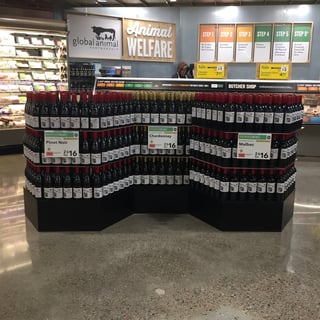
OOS
Out of stock. When a product sells out, leaving an empty slot on the shelf. Also called a stockout. Learn more.
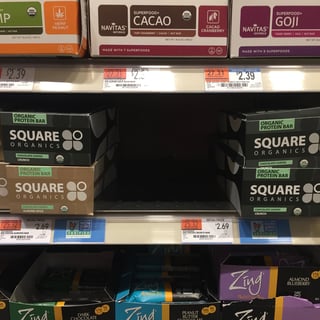
OSA
On shelf availability.
OSDs
Overs, shorts and damages. Any discrepancy in the product ordered and those received by the retailer.
P
Pack-Out
The total number of packages of an item on a shelf when fully-stocked, shelf capacity or holding power.
PDQ
Predetermined display quantity. A pre-made display unit that requires little to no assembly. Also called a sidekick, shipper, or pre-pack.
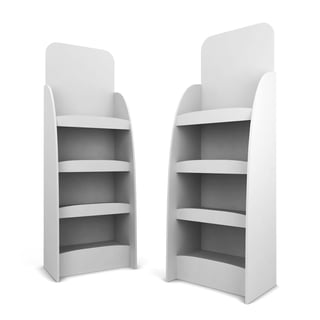
Planogram
A visual representation of how all the facings in an aisle should look and be organized. Also called a POG or schematic. Learn more.
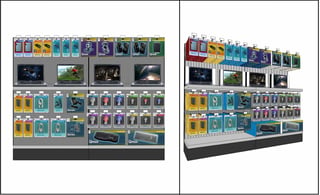
POS
Point of sale. Where purchases are made in the store. Also called a cash wrap or checkout counter.
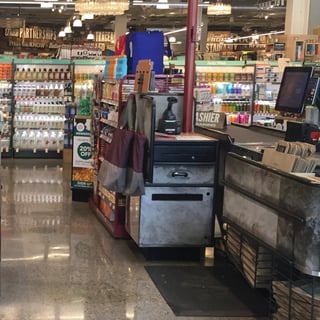
R
Reverse Pick
Scanning items in bins to see if they will fit out on the shelf, rather than scanning items on the shelf to see if there is stock in the bin.
S
Scratch
A product removed from an order because it was out of stock at the manufacturer or warehouse.
Self-Facing Tray
A shelf management solution that pushes new product forward each time a product is removed, e.g. cans of soup roll forward to fill the empty space each time a can is taken out.
Shelf Tag
A product's price tag, affixed to the shelf it sits on.
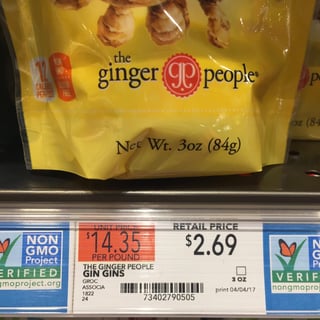
Shelf Talker
A sign attached to a shelf to attract a customer's attention to a certain product or promotion. Also called a dangler.
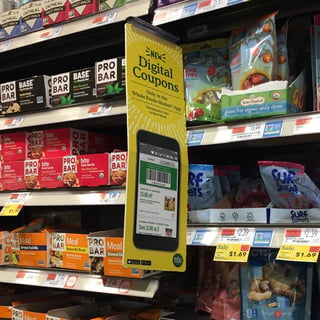
Shrinkage
The difference between the stock you actually have and what you have on paper. This occurs due to employee theft, shoplifting, human error or poor inventory management.
SKU
Stock Keeping Unit. Assigned by the retailer for stock-keeping and internal purposes to identify the manufacturer, style, size, color, and unit price of a piece of merchandise. Typically eight alpha-numeric digits and differs retailer to retailer.
Slot
Place for one product to be stocked on a shelf.
Slotting Fee
A fee that some retailers charge for each slot on a shelf a product occupies. Learn more.
Stock Rotation
Organizing products based on freshness and expiration date. Learn more.
T
Top Stock
When extra stock is kept above shelves on the retail floor instead of in the backroom.
TPR
Temporary price reduction.
Turn
The number of times a product completes a cycle of moving through a warehouse in a year.
U
Unit Load
Items arranged or packaged as a single unit on a pallet for easy storage and transportation
UPC
Universal Product Code. A number with 12 digits that is assigned to each item and is the same across all retailers. Also usually associated with a unique EAN barcode.
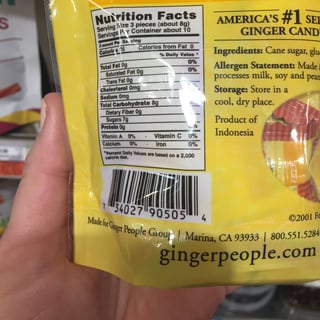
W
Wand
A handheld electronic device used to scan barcodes and record quantities.
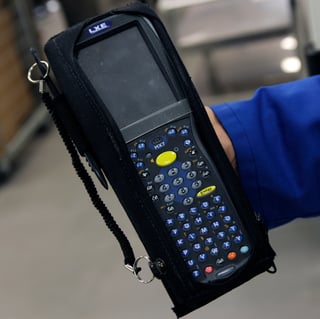
Z
Zoning
See facing.
SlideShare

![Merchandising Reset Lingo from A to Z [Glossary]](https://www.repsly.com/hs-fs/hubfs/Sarah%20Blog/color%20block%20seltzer.jpeg?width=770&height=404&name=color%20block%20seltzer.jpeg)



















.png?width=480&height=252&name=PRESS%20RELEASE-2%20(4).png)

